Bathurst’s Grand Prix in the Snow
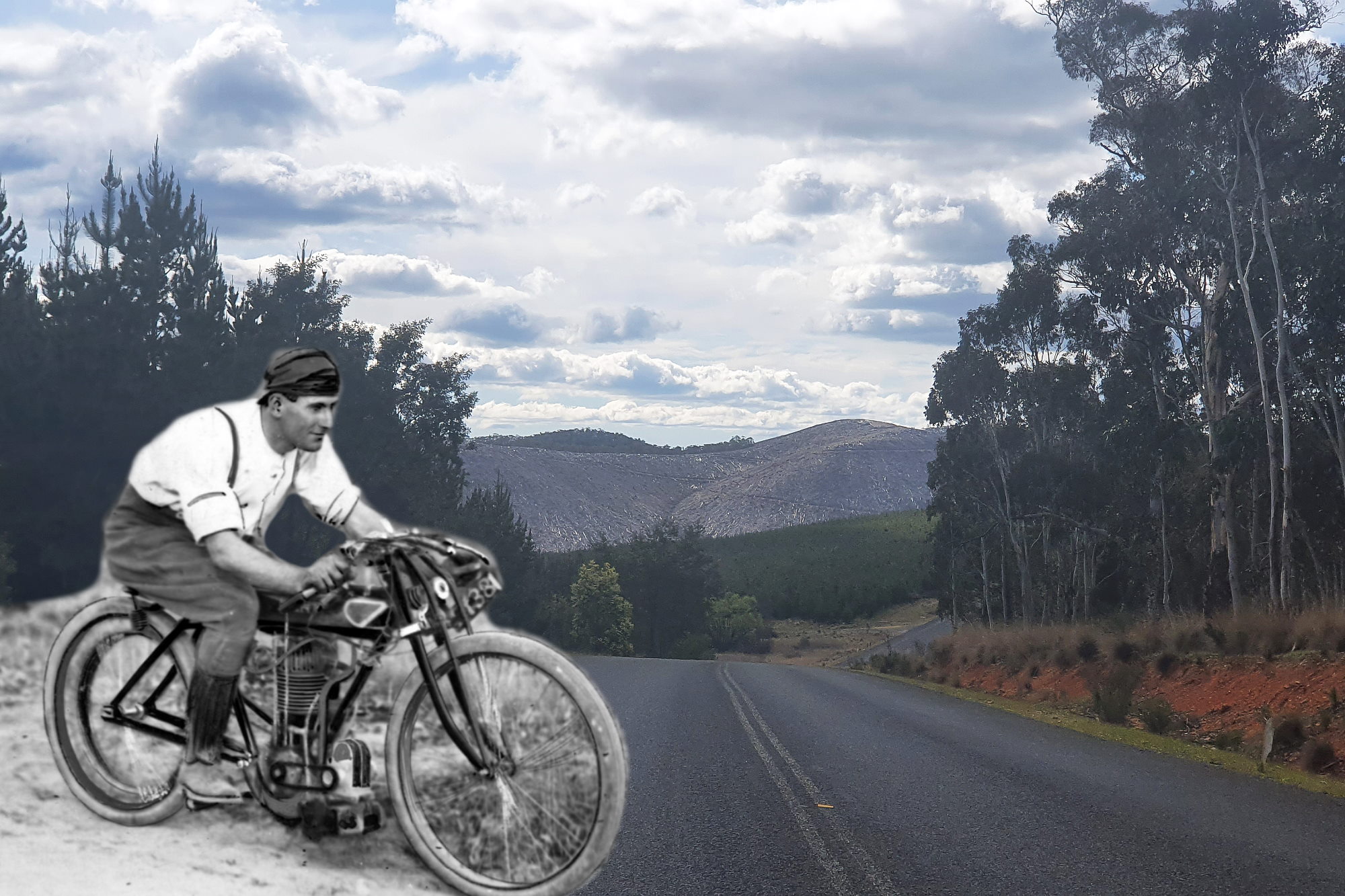
Before Mount Panorama and prior to the Vale Circuit, Bathurst’s foundation in motorsport stretched to the very dawn of the automotive era. Over the coming weeks, The Race Torque will delve into the early days of the sport at its spiritual home in Australia, with this opening leg focusing on the very first Australian Motorcycle Grand Prix and Bathurst’s AGP in the snow.
“The greatest motor-cycle road race ever held in this continent”
The Referee Newspaper, Wednesday, September 30th, 1914
The author would like to acknowledge Mark Windsor for his assistance with this series.
The earliest days of motorsport in Australia were dominated by motorcycles, with the machinery relatively accessible and affordable, with the various bicycle clubs around the nation expanding their base to encompass the initial competitions.
Two-wheeled racing in Australia had a significant leg up over the four-wheeled version of the sport in terms of an organized Grand Prix, with Bathurst’s inaugural event beating Phillip Island’s 1928 Australian Grand Prix for cars by a grand total of 14 years.
From Bathurst, 25km back towards Sydney along what is now the Great Western Highway sits a settlement known as Yetholme, which once upon a time was originally named “Frying Pan.”
Blasting through at the modern speed limit, if you blink you would miss the service station and adjacent motel situated on the southern side of the highway.
And frankly, you would be travelling at a pace that would have made you a clear-cut GP winner…
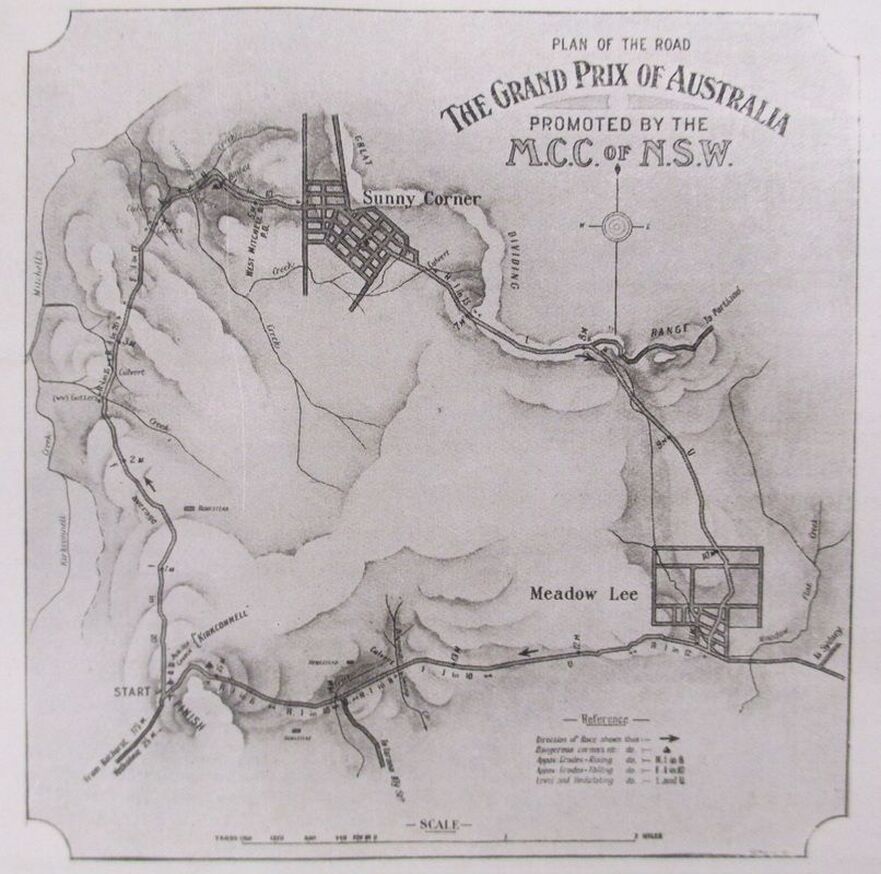
Politics at the root of all motorsports
As we will go on to explore in our multi-part special on the early days of the sport in Bathurst, motorcycle racing essentially splintered away from the various bicycle clubs serving communities around the country.
The League of Wheelmen were responsible for the professional cycling events in the early 20th century, and the major festivals at venues such as the Sydney Cricket Ground.
After issues stemming from the very first motorcycle road race in Bathurst and Sydney’s Pioneer Motor Cycle Club, the Motor Cycling Club of NSW was formed, with one of its initial aims being to run a race from Bathurst to Sydney on the 25th of August 1906.
However, prevailing rain and road conditions saw the event switch to a Goulburn-Sydney route.
Despite this, the Bathurst region remained on the radar.
It appears that the first use of the area’s roads for motorsport was on the June long weekend in 1914, when the Sydney Motor Cycle Club made a successful trip to Yetholme, with attendees completing the trip west by Saturday evening.
A report in the Bathurst Times on the 9th of June 1914 stated:
During the stay, a combined reliability and speed judging trial test was carried out. Competitors had to make a non-stop run around the Sunny Corner – Meadow Flat – Yetholme circuit, the result being:
1. H.K. M’Kenzie, 6hp Matchless
2. D. St. Clair, 3.5hp P and M
3. A. D. M’Farlane, 5hp
The test was very popular except perhaps for one unfortunate on a Rover, who seemed to spend his time removing plugs and mending punctures.
Wheels clearly turned fast from that initial outing.
When an application to run the Grand Prix meet from the Motor Cycling Club was approved by the Turon Shire Council three months ahead of the October 5th, 1914, event, Councillor Godfrey noted at the time, “Our roads must be good, or they wouldn’t risk their tyres on them”.
The Monday public holiday timing of the event coincided with “Eight Hours’ Day” festivities, which kicked off the long-standing tradition of Bathurst motorsport on the October long weekend.
The supp regs for competitors outlined some interesting details, some stating what would now be the obvious:
Competitors must wear safety helmets.
Interstate and country riders (over 75 miles radius) will pay half entrance fee.
No competitor is to ride with cut-out, open or inadequately silenced exhausts in the district during the two days preceding the race
No exhausts to blow on the ground, and no competitor to race alone on the Sunday previous.
Two tours of the course will be arranged, in charge of an official.
No competitor in practice or during the race is to ride in the opposite direction.
No motor cyclist affiliated to the A.C.A. will be permitted to ride over the course within half an hour of the start and during its progress.
Machines are to be marshalled 15 minutes before.
Before the big race, entrants sampled the layout, including on the eve of the event, the same day that the Kookaburra endurance trial was contested, with Yetholme its destination.
Interestingly, perhaps more column inches from the press of the day were focused on the reliability trail aspect of festivities, rather than the GP itself.
All told, there were three separate competitions, a club team’s trial, an interclub team’s trial and a side-car combination trial.
Raceday at the “Grand Prix of Australia” would produce its fair share of challenges.
The race was handicapped and contested over a journey of nine laps under the auspices of the Auto Cycle Association (ACA), with a reported 600 to 700 people in attendance, including the local Mayor and the Police Sergeant, with most spending the previous night at three separate camp areas.
Also present was a motorcycle ambulance and a “winsome little nurse”, Miss A Thorsen, who attended the event “willingly.” The application of the English language has changed somewhat over the past century…
One post-event wrap noted that despite the numerous spills, the medical personnel trackside had an easy day, with “The safety helmets worn saved at least five necks or skulls.”
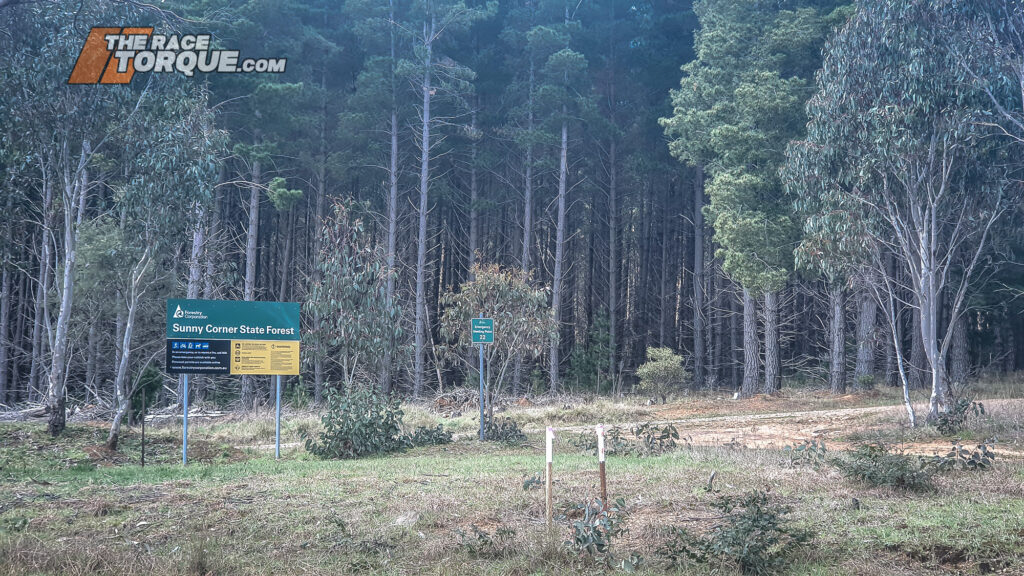
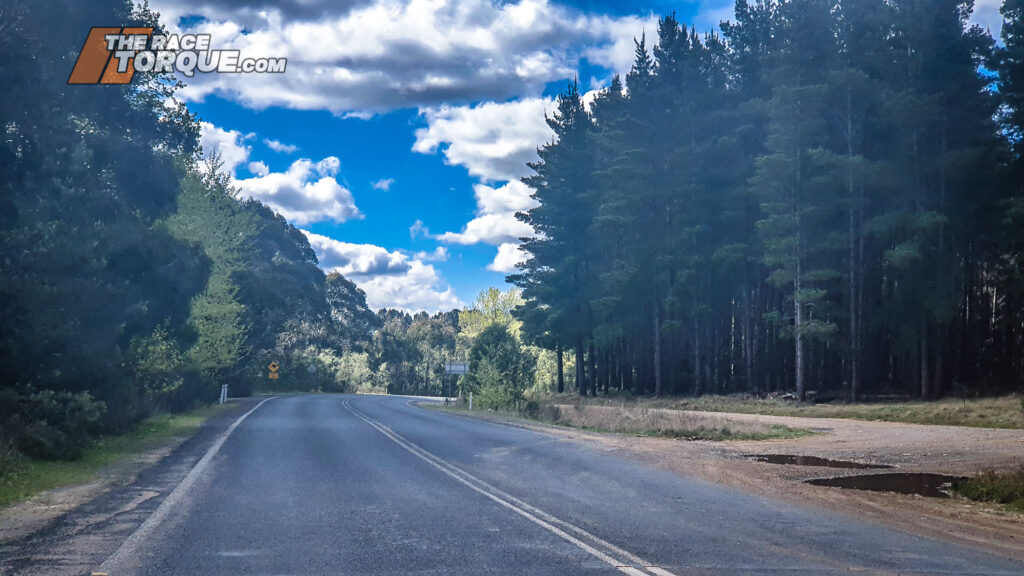
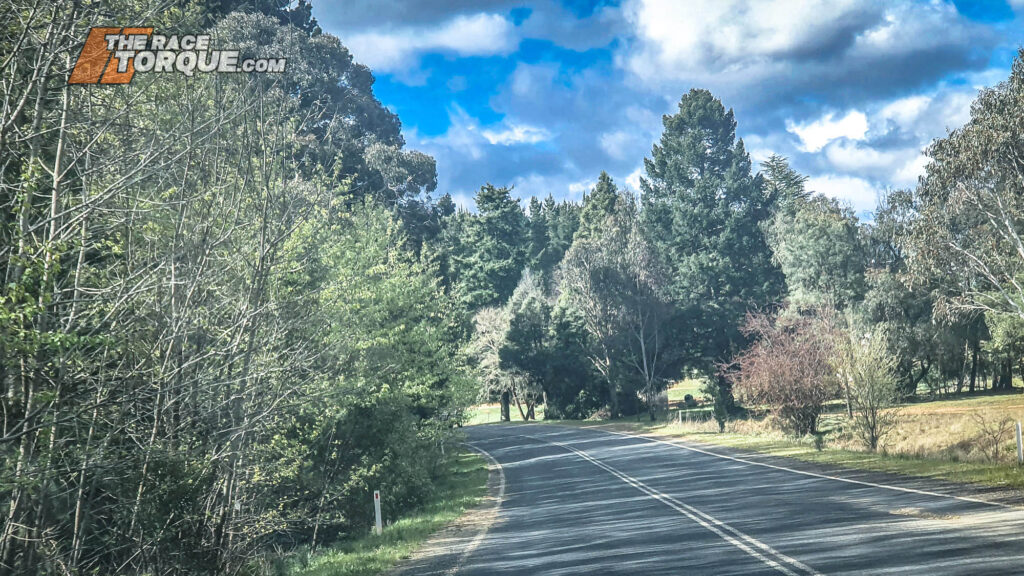
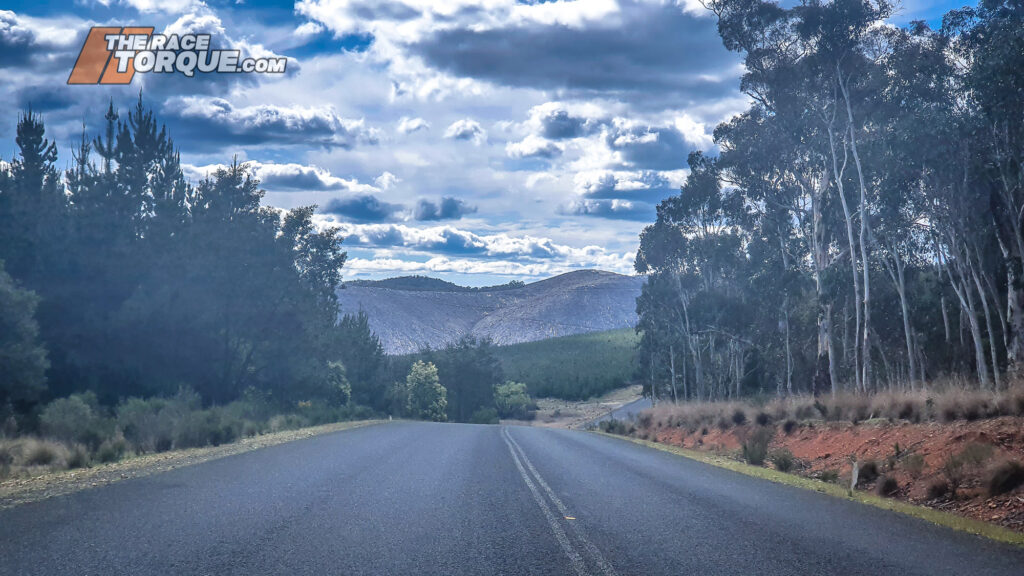
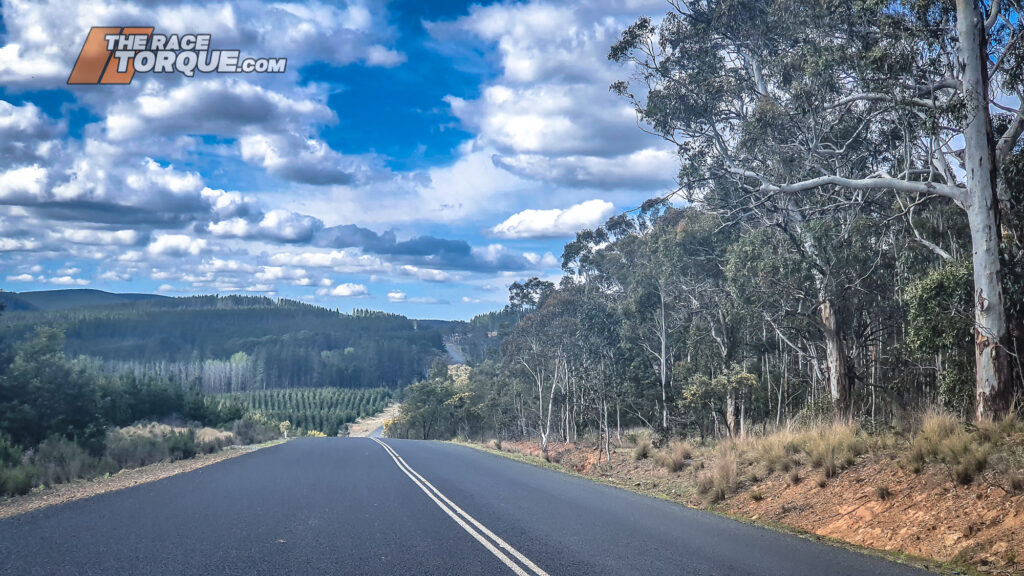
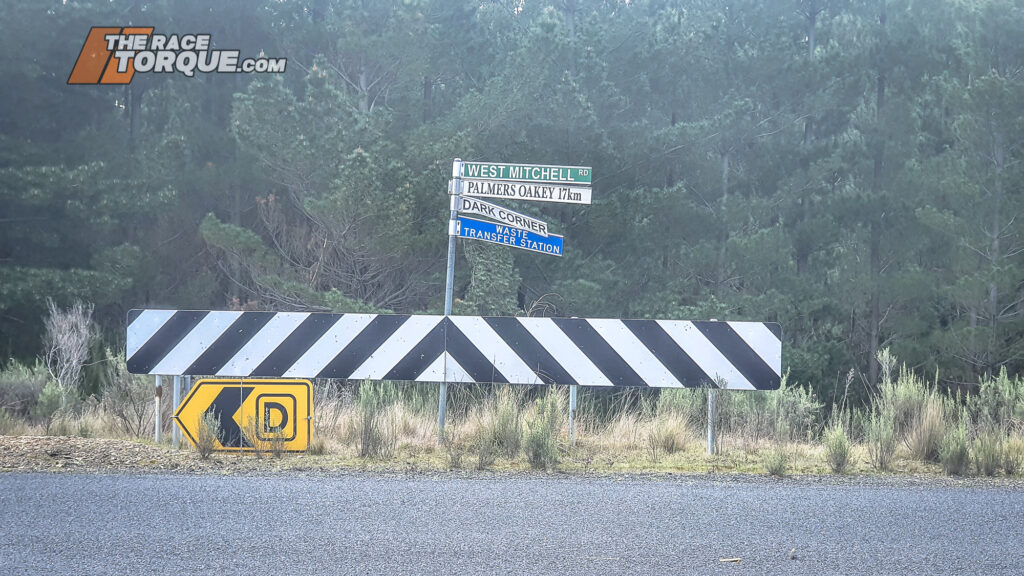
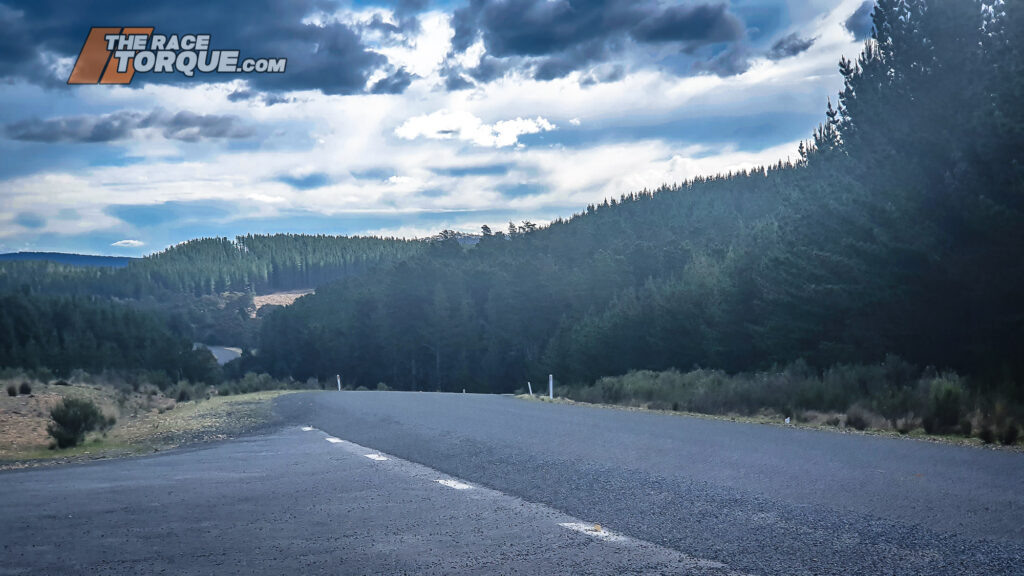
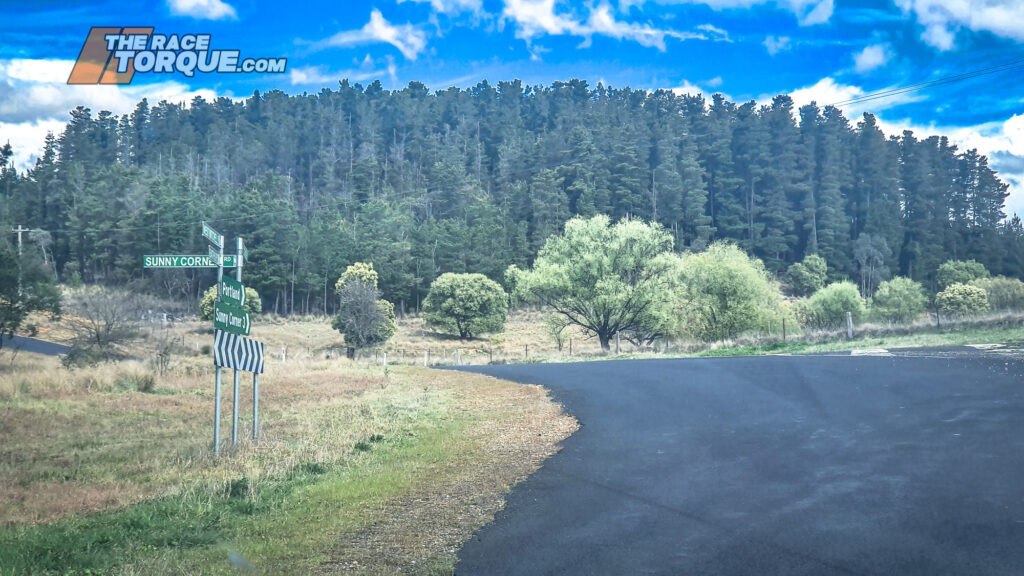
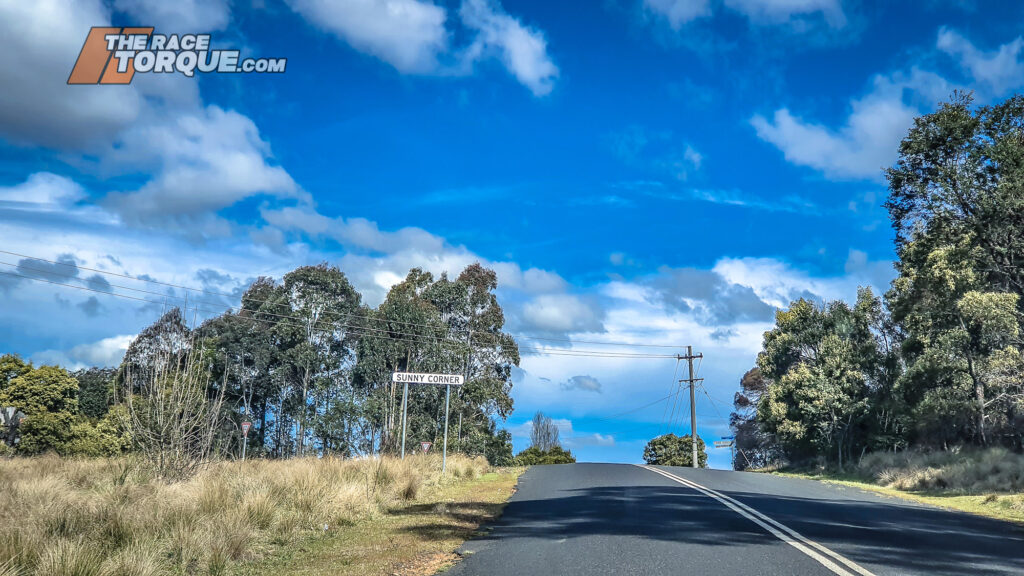
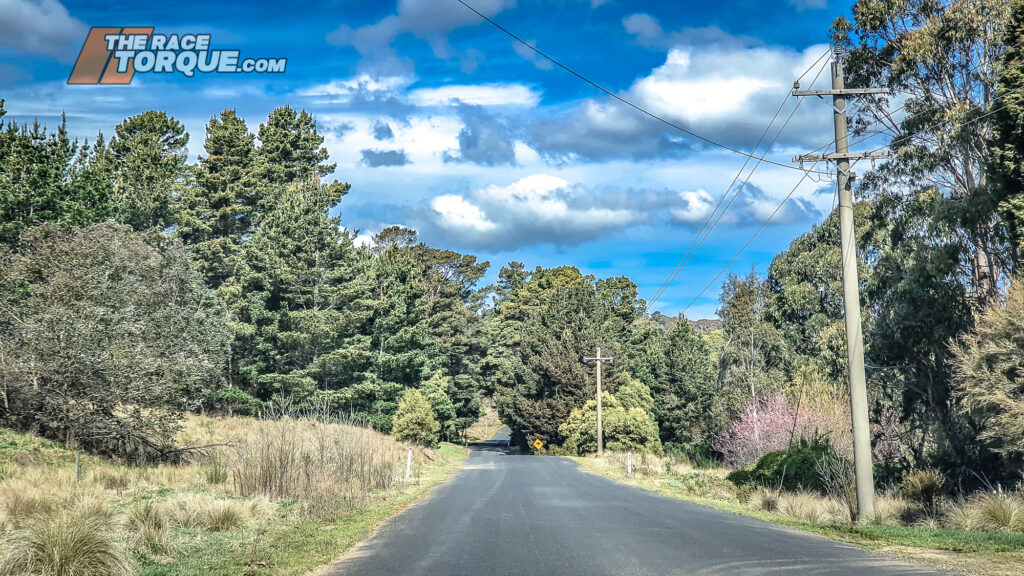
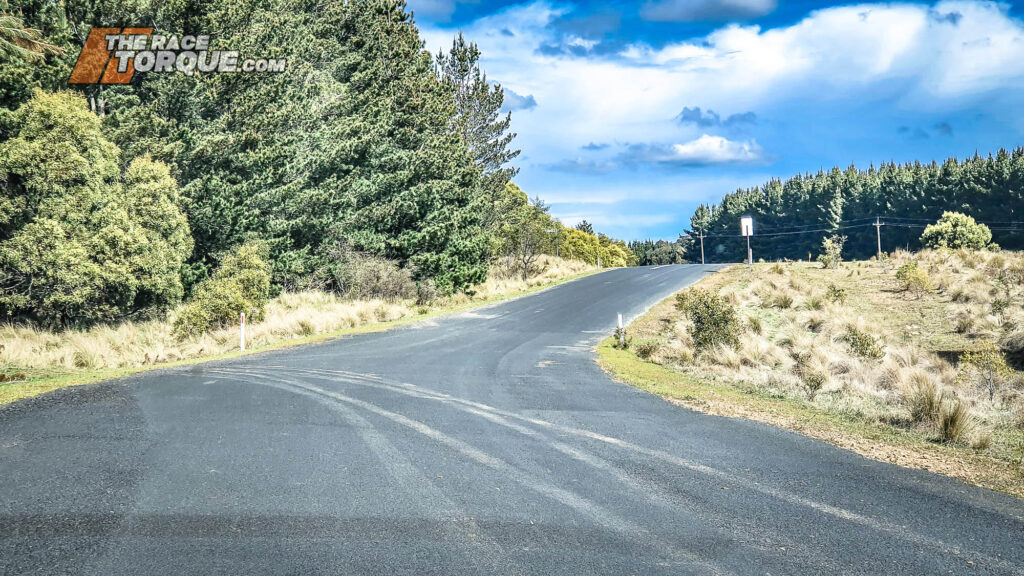
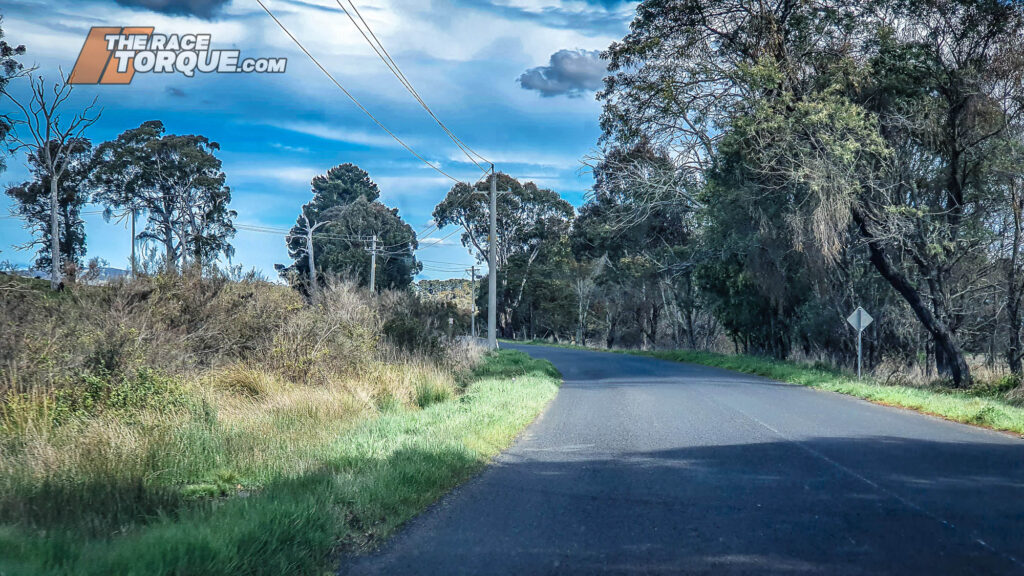
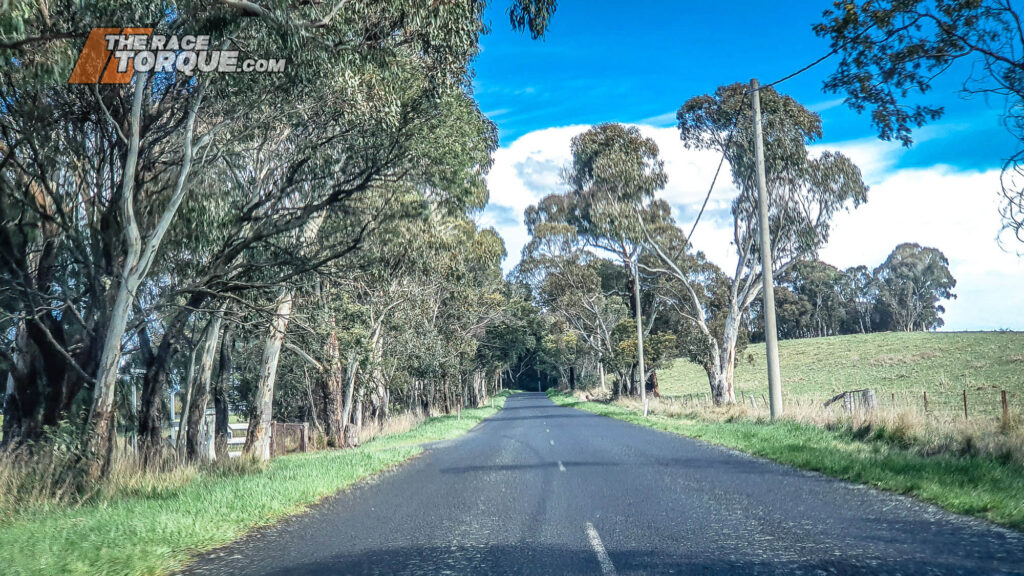
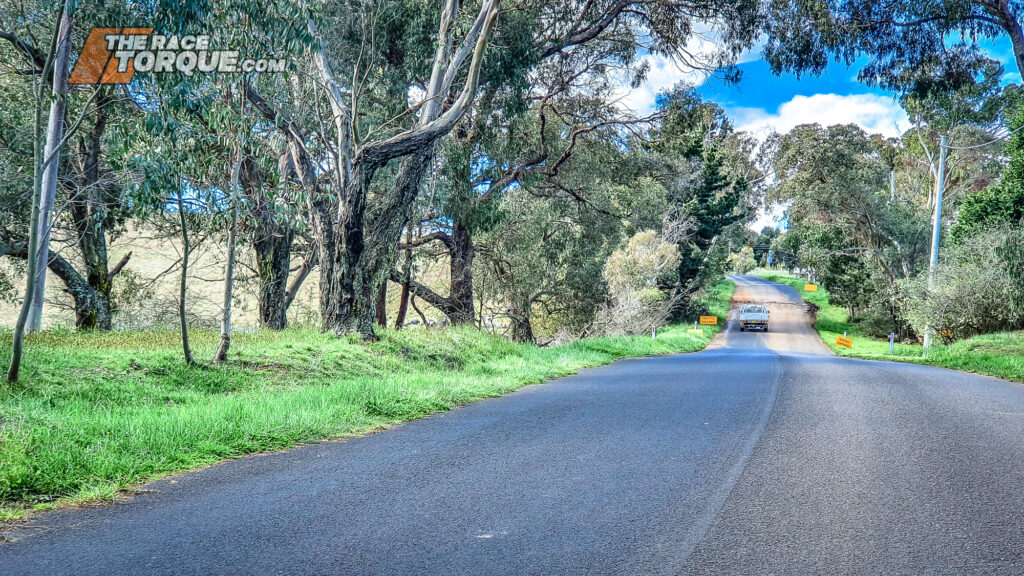
The Yetholme Circuit today: it’s wild…
Putting Mount Panorama to shame
The 25km-long circuit itself didn’t actually travel through Yetholme – it started slightly east at Kirkconnell, before touring clockwise along Sunny Corner Road, following the way through a tight right-hand corner deep in the forestry, before roaring through Sunny Corner and Meadow Flat (then: Meadow Lee), then finally hooking right once more back towards Kirkconnell.
It should be noted, the current alignment of the highway along the southern edge of the track follows a much more straightforward path than the original dirt road.
There was rise, fall, and barely a straight stretch of road, culverts and a handful of tight bends to navigate, with an English spectator noting to a reporter that “The Isle of Man is easy compared to our course”.
The elevation of the layout featured a 500-foot difference from top to bottom, by comparison, Mount Panorama has a 574-foot elevation change.
The Referee and the Arrow newspaper described the layout thus: “The road surface was good, but the curves awful.”
One of the previews in the Lithgow Mercury ominously finished its description of the course with – “As this is one of the few sections of the road where there are no speed limits, it is likely that some records and a few necks will be broken…”
Ultimately, Edgar Mellor from Sydney was victorious on his Douglas, leading home the Matchless of Alexander Macfarlane and the Zenith of William Sinden, with the 225km long journey taking three and a half hours to complete.
Only eight or nine finishers made it to the chequered flag from the 24 starters, with Mellor’s success attributed more to a trouble-free ride rather than outright pace – the speed of the bikes on track was only matched by the rate competitors were able to replace tyre tubes.
Mellor’s average speed of 66.5km/h impressed all, especially considering he spent five minutes stopped to replenish oil and fuel.
E.R. Cullen finished fifth, after completing the last eight of the race’s nine circuits without brakes or an exhaust lifter – they were taken out of action on the first lap when a drive belt broke.
After a second belt broke, he also had to pump up his rear tyre after the heel of his boot caused the air valve to become loose, due to the fact he was dragging his foot on the tyre as a rudimentary replacement for the brakes.
Then there was D.G. Barrett, who started the race with “half a boot and a broken toe,” and subsequently went over an embankment and was “out for a minute or two,” suffered three punctures and shed a tyre, but kept going until he finally retired on the sixth lap from fourth position.
Not everyone made it to the start line – H. Seabrook somersaulted over a bank at 67mph during practice, with the rider disappointed his friends wouldn’t lift him onto his bike for the race start.
Mellor coincidently was also a class winner in one of the Sydney to Yetholme reliability trials.
The event captured the imagination of those in attendance, Sydney’s Saturday Referee and the Arrow noted that it was “The most thrilling sight that it is possible to imagine in the line of sport.”
Recognition of the event in modern times came just in time for its centenary celebrations, with the 2014 National Douglas Motorcycle Rally held in Bathurst.
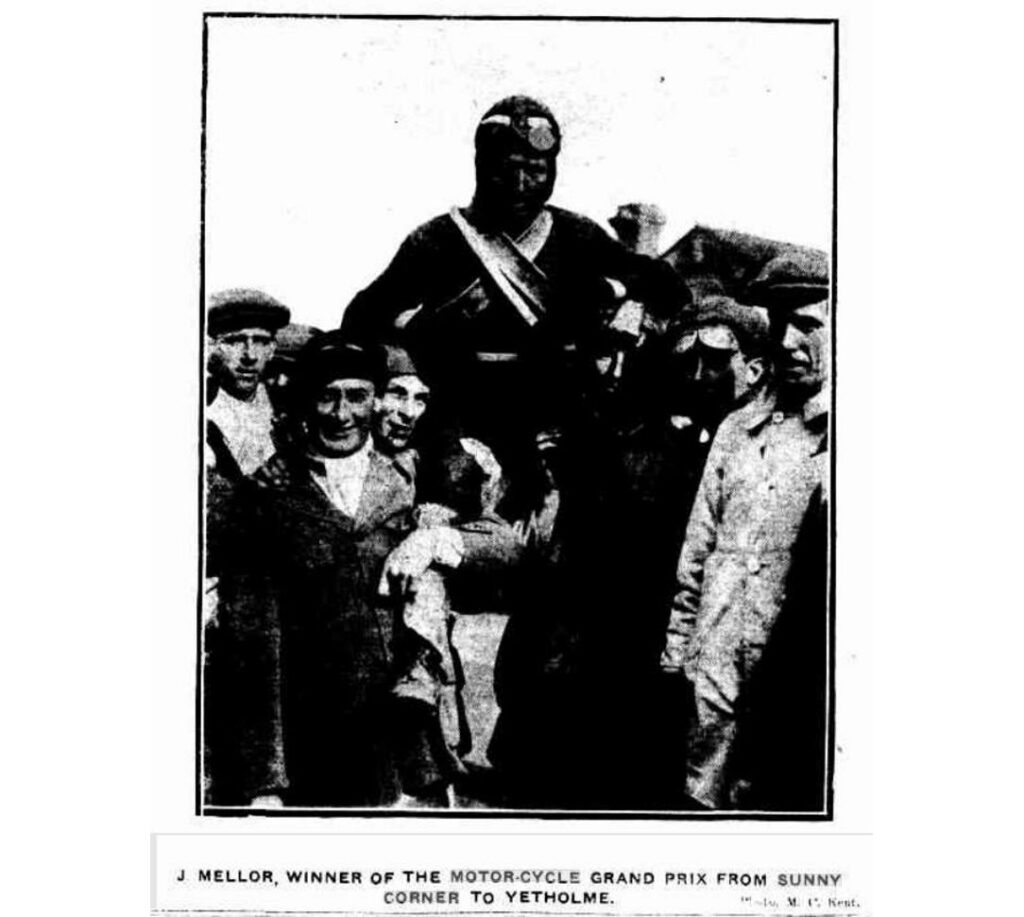
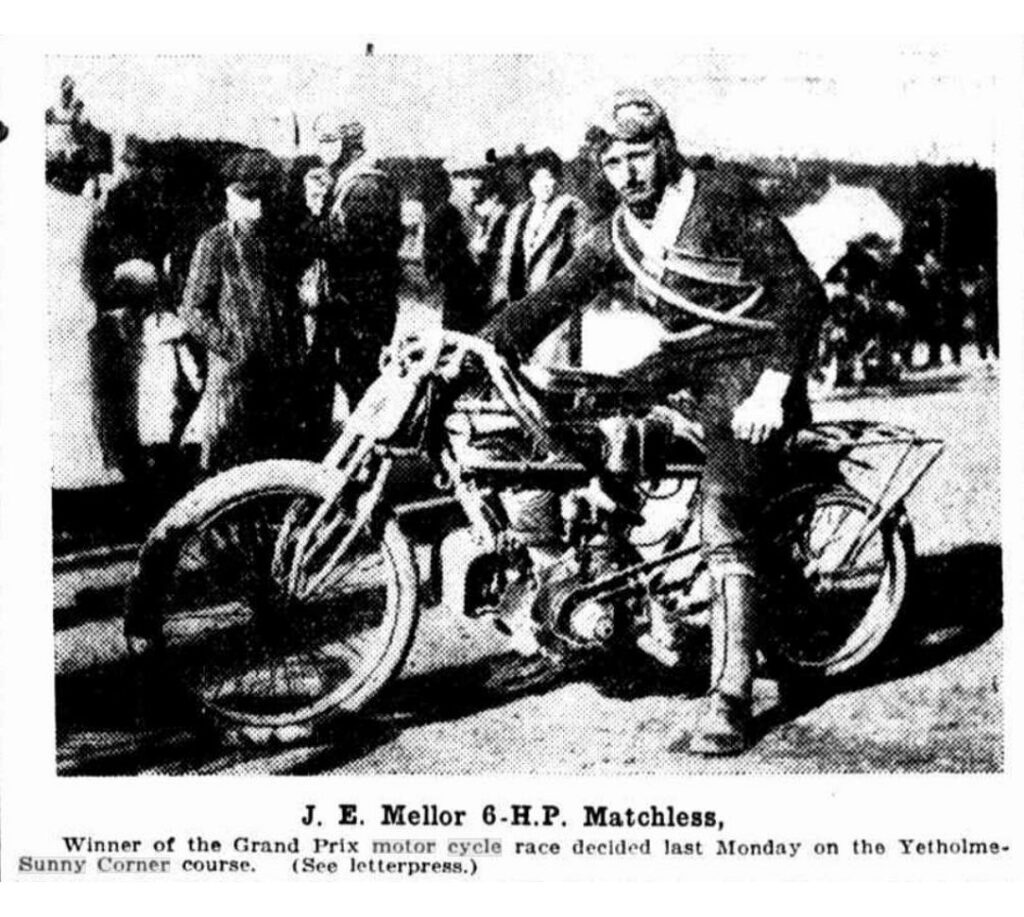
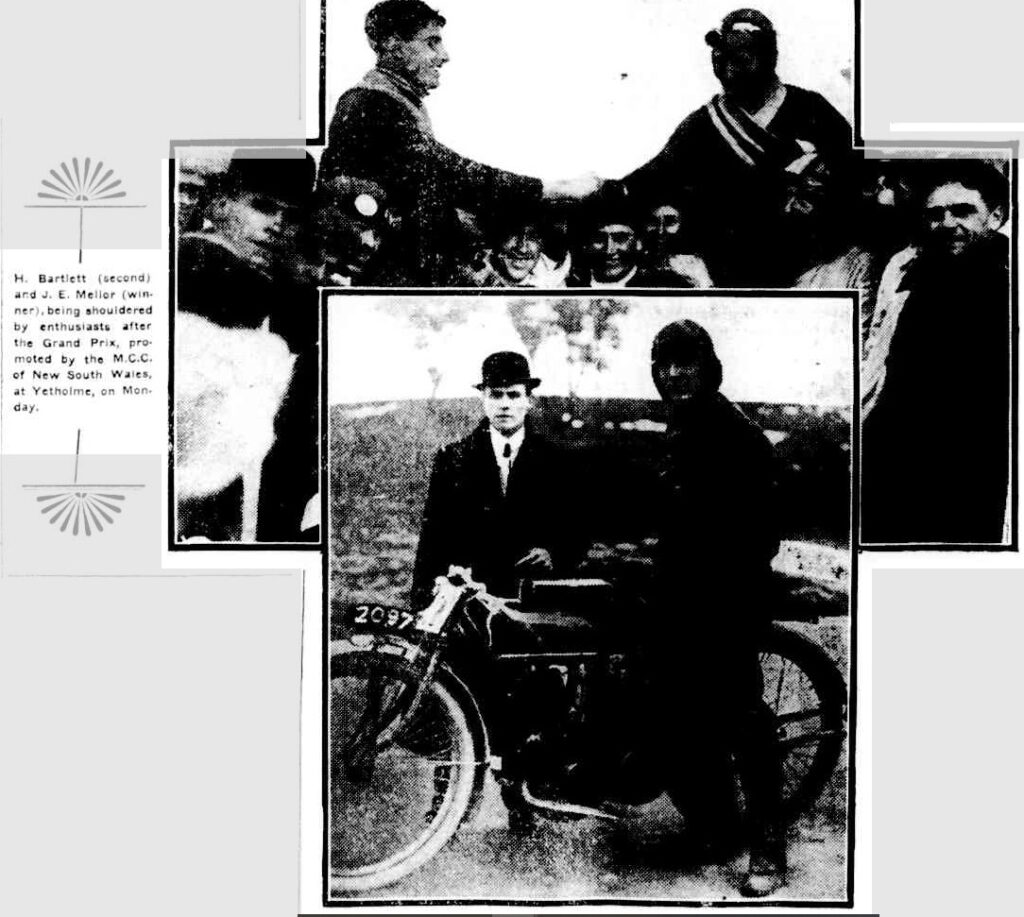
1915 race reporting and images: Saturday Referee, July 3rd, 1915
Snow
The Grand Prix’s second running was also contested at Yetholme in 1915, with Edgar’s brother James Mellor taking home the chocolates aboard his Matchless, this time over a six-lap journey at an average speed of 80km/h.
That second event attracted 50 entries, a number that came down to 28 or 31 on race day.
Competitors were prohibited from displaying any form of advertising, while spare fuel tanks were not allowed to be carried by the rider.
In a departure from year one, it appears that the course configuration changed slightly, with the start and finish held in Sunny Corner over Kirkconnell, while adding to the challenge of the event, the surrounds of the circuit were described as “snow clad”.
It was fortunate that time certain finishes weren’t a thing in 1915 – the originally scheduled start time of 9:45am blew out to 11:30am due to the rain and snow – the early start time had been chosen in a bid to get attendees home by dusk.
Further race meets were proposed for the layout at various times by differing bodies in the following years, while the 1919 influenza pandemic saw the Sydney Motor Cycle Club’s planned Easter meet postponed, seemingly to the October long weekend, before the idea was parked.
Plans for a revival of the Australian TT at Yetholme in Easter 1923 came to naught, while in 1924, the Portland Motor Cycle Club held a meet in Sunny Corner, taking in Mitchell’s Creek Road up to Dark Corner, a wild 9.6km long course that took in a portion of the earlier Grand Prix layout.
A total of 22 years later, the Grand Prix returned to Bathurst, with the 1937 event contested on the Vale Circuit, although, there were two other Grands Prix contested in the break away from Bathurst – around Narellan in 1920, and at Goulburn in 1924.
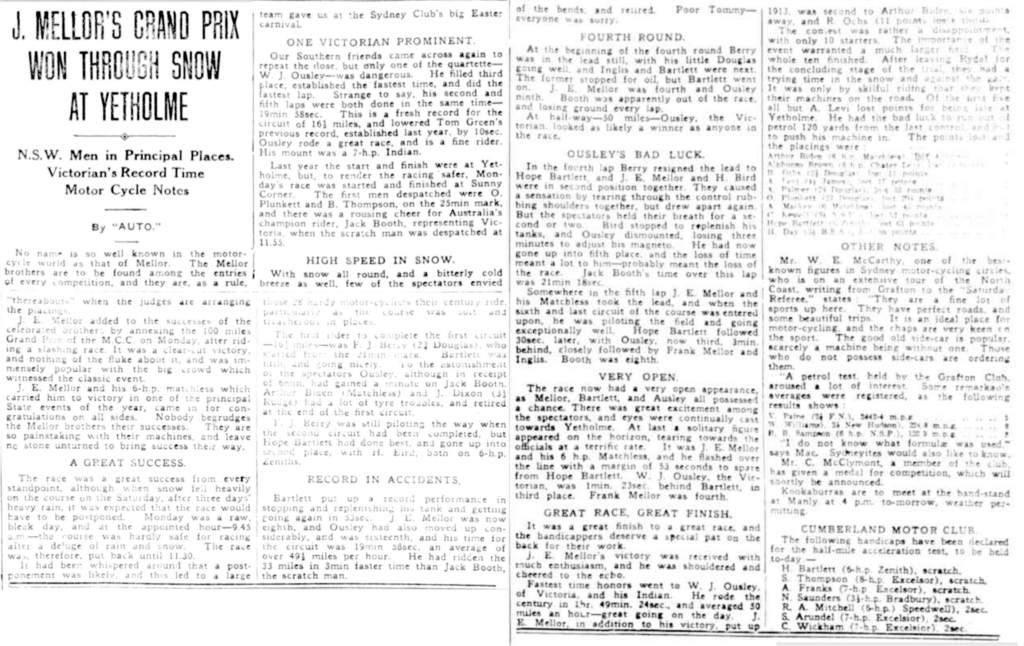
Next up in this series, we look back at the very beginnings of motorsport in Bathurst, and it came much earlier than you imagine…
PS. If you have any further information to add to the story of the earliest days of motorsport in Bathurst, we would love for you to reach out to [email protected], the beauty of these web-based features is that they can continue to evolve as more content comes to hand!







